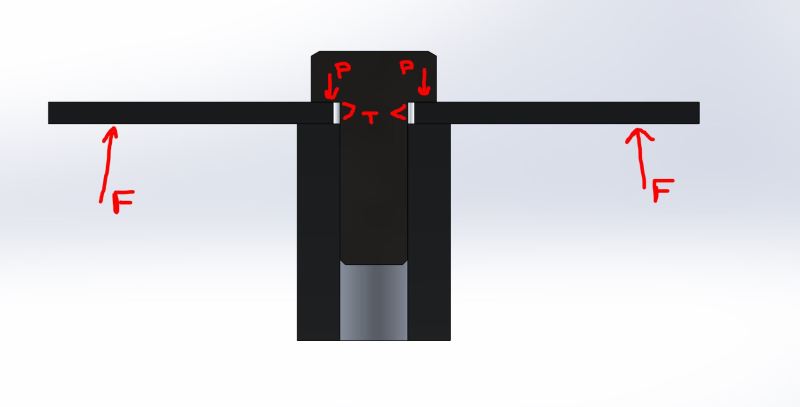kDiqq
Mechanical
- Sep 6, 2016
- 5
I feel like I'm missing something simple here. I'm doing a simple fatigue analysis on a bolt. The loading scenario is a simple repeated load. The part that I am struggling to figure out is how to consider the bolt preload. I've prescribed a torque spec and can find a nominal stress due to tightening the bolt. When treating this scenario as a fluctuating (never = 0) load, my mean stresses are way too high. I'm putting my numbers against an existing setup we already have and our expected life is something like 2 cycles. Am I supposed to only consider the alternating component of stress?
FWIW, I am looking an A581/A582 bolt and plotting on an S-N diagram. If there is a better method, I am open to feedback.
Thanks!
FWIW, I am looking an A581/A582 bolt and plotting on an S-N diagram. If there is a better method, I am open to feedback.
Thanks!

